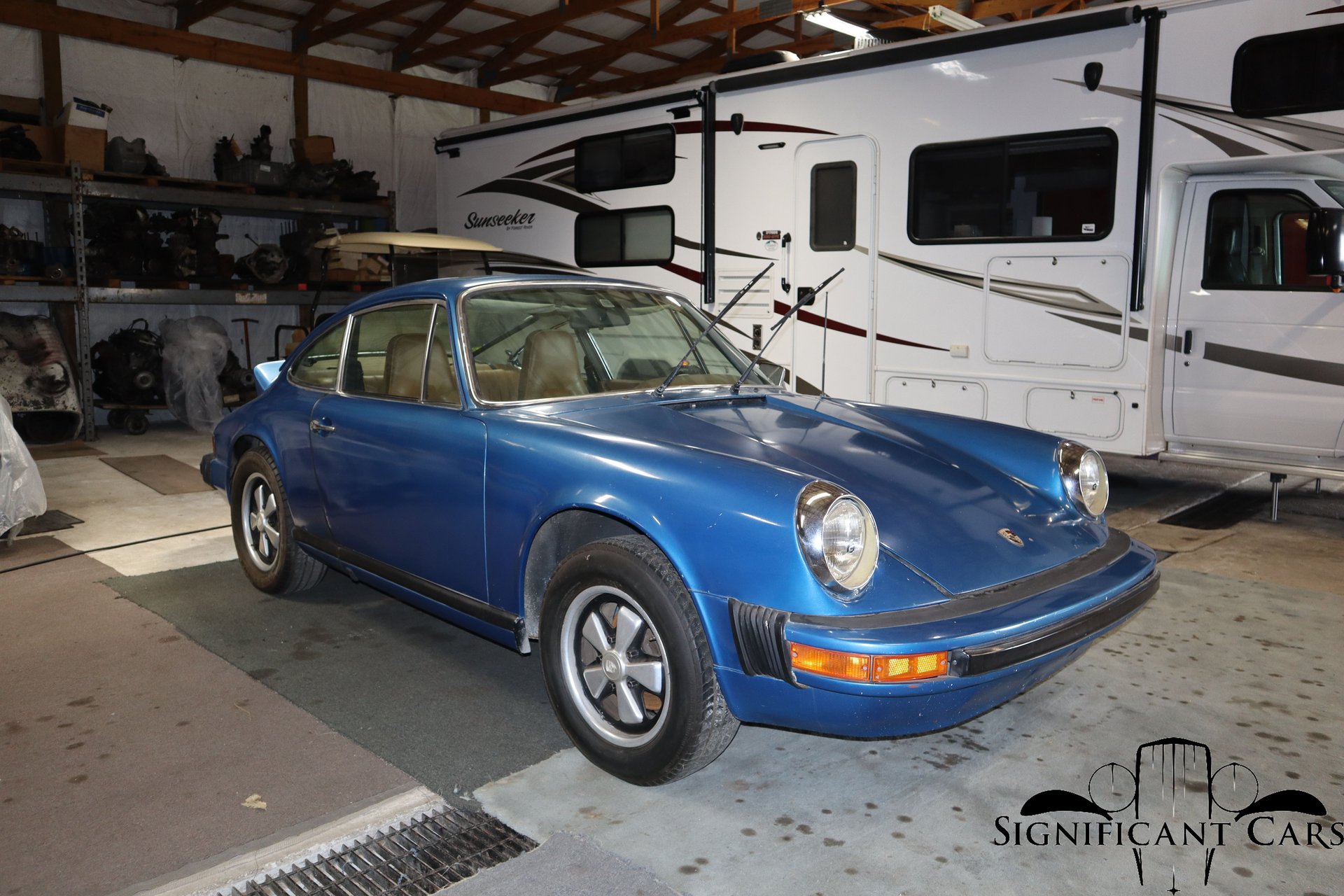Drivetrain
Chassis
Body
1975 Porsche 911 For Straightforward Recommission
The 911 can trace its roots back to sketches drawn by Ferdinand "Butzi" Porsche in 1959. The Porsche 911 classic was developed as a much more powerful, larger, more comfortable replacement for the Porsche 356, the company's first model, and thus essentially a sporting evolution of the Volkswagen Beetle. The new car made its public debut at the 1963 Frankfurt Motor ShowThe car presented at the auto show had a non-operational mockup of the 901 engine, receiving a working one in February 1964.
It originally was designated as the "Porsche 901" (901 being its internal project number). 82 cars were built as 901s. However, Peugeot protested on the grounds that in France it had exclusive rights to car names formed by three numbers with a zero in the middle. So, instead of selling the new model with another name in France, Porsche changed the name to 911. Internally, the car's part numbers carried on the prefix 901 for years. Production began in September 1964, the first 911s reached the US in February 1965 with a price tag of US$6,500.
The famous, distinctive, and durable design is notable for being rear engined like the Porsche-designed Volkswagen Beetle it had been based on. It was also air-cooled until the introduction of the all-new Type 996 in 1998. Since its introduction in autumn 1963, it has undergone continuous development. The basic concept remained throughout its evolution. Since its inception the 911 has been modified, both by private teams and by the factory itself, for racing, rallying and other types of automotive competition. It is often cited as the most successful competition car ever, as the normally aspirated 911 Carrera RSR in the mid 1970s has won major world championship sports car races such as Targa Florio, Daytona, Sebring or Nürburgring outright even against prototypes. The 935 turbo also added the coveted 24 Hours of Le Mans in 1979.
In the 1999 international poll for the award of Car of the Century, the 911 came fifth after the Ford Model T, the Mini, the Citroën DS and the Volkswagen Beetle. It is the only one in the top five that remained continuously in production. It is the most successful surviving application of the air- (now water-) cooled opposed rear engine layout pioneered by its original ancestor, the Volkswagen Beetle, having increased its origina 25 hp more than tenfold, or 30fold in turbocharged race cars. It is the third-oldest sports car nameplate still in production, behind the Chevrolet Corvette, and the Nissan Skyline.
This nice and solid 911 has been off the road for some time. The Fuel Tank was removed as the first step to recommission the car. It was reconditioned and is ready to be reinstalled. The Seller has decided to part with the car instead of moving forward with the project, so the car offered as is. The Paint is pretty good overall with only a few areas needing attention or touch up and the interior is decent with no rips or tears noted, and-most importantly-the car is complete. The car is well equipped with a factory Sunroof and Fuchs Wheels. Only minor rust is noted on the rear of the floor pan- pictured- overall, this is a very solid 911 with no corrosion found in all of the crucial or dangerous areas.
This is a numbers matching example accompanied by a Porsche Heritage Certificate, its original owners manual, and service records.
























































